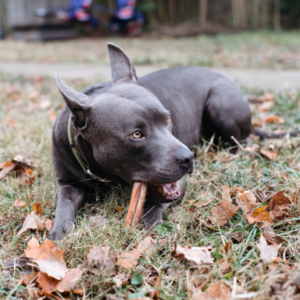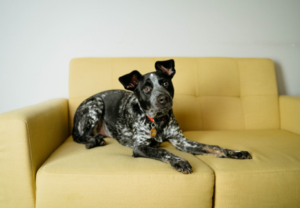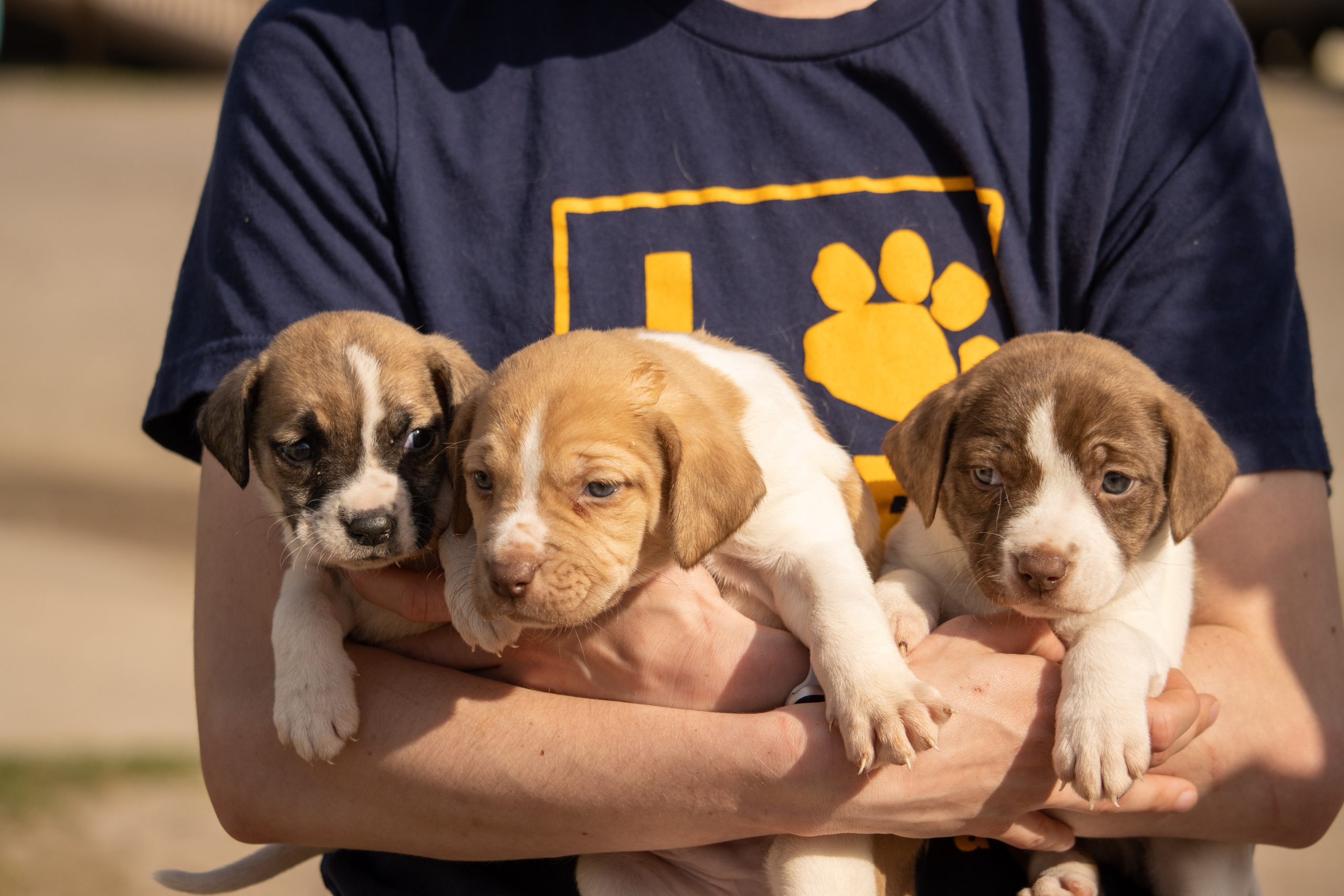Congratulations! If you’ve made the wonderful decision to give a shelter dog their forever home, you’re in for the journey of a lifetime. But before you run right over to the shelter or rescue to pick up your new best friend, make sure you and your home are prepared for the days ahead.
1. Stock Up on Supplies
Make sure your home is ready for your new best friend. Have food, a leash, collar, crate or gates, bed, bowls, treats, toys…it seems like a lot, but you can have tons of fun preparing for your new family member! If you do forget something, you can always make a trip to your local pet food store with your new bestie – nearly all pet food stores welcome furry friends inside. Don’t forget a special treat for your new pup while you’re there.
2. Dog-Proof Your Space
Look around your home with a dog’s eyes. Be sure to remove anything hazardous or valuable that your new dog could damage. Clean up anything a curious dog might chew while exploring a new environment, like kids’ toys, food, shoes, or small household items. This extends to your backyard – check for large branches or plants like poison ivy. Some plants can even be poisonous to dogs. Check out this helpful guide for more information to see if you’ll need to remove any plants in your home.
3. Have Your Paperwork in Order
Yep, it’s unavoidable; even adopting a dog comes with paperwork. Bring your driver’s license or other government ID to fill out your application and be prepared to pay a possible adoption fee at the shelter. While you’re collecting your paperwork, take this opportunity to research veterinarians in your area and set up an initial appointment. Your pup will need regular visits to the vet, so start that relationship right away!
4. Making the Trip Home
Though you might be excited, your new pup is bound to feel anxious, unsure and even scared leaving the shelter. Some dogs can also be anxious when riding in cars. If you’re driving, try to bring someone with you so one of you can help keep an eye on your dog and you can drive safely. Use a safety harness or crate to keep your dog secure in your vehicle. Don’t forget to bring towels in case your dog gets sick or has an accident while on the drive.
 5. Give Your Dog an Outdoor Welcome
5. Give Your Dog an Outdoor Welcome
When you arrive home, let your dog ease into his new surroundings by starting outside. Let him sniff around, and learn the designated potty spot. Reward your new bestie with a treat for doing his business in the right place. While you’re still outside, introduce her to family members, one at a time. Let each person offer a treat, to make a good first impression!
6. Take a House Tour
Bring your dog into the house on a leash and give him a tour, keeping the mood relaxed. If he starts to chew or grab at objects, redirect with a firm “leave it” and offer an appropriate chew toy instead.
7. Be a Homebody
For the first few weeks after you bring home your new furry friend, plan to stay close to home. This will give you time to learn how the dog will respond to different types of stimuli before exploring more unfamiliar territory. Use this time to establish a walk and play routine, which will help you bond with each other. Especially in the first few days, it’s a good idea to take your dog outside often. Even if she was potty trained in her previous home, your pup needs a little time to learn your house rules and she may regress slightly until she adapts.
8. Spend Quality Time Together
As excited as you are to introduce your new family member to the world, limit visitors for the first few days. Your dog needs time to get comfortable with his new space, and with the people who live there. Consider waiting to introduce your pup to other dogs in the area so your dog can get adjusted to his new life and you can ensure his vaccinations are up-to-date.
9. Learn to Speak “Dog”
Even if your new dog is an adult or has already been trained, consider finding a class or trainer whom you trust for additional training. Training helps establish reliable communication between a dog and his owner – it will help you recognize and interpret your pup’s behaviors and help ensure your pup always knows what you expect of him. All he wants to do is please you!
10. Feel the Love
Above all, be patient. Give your new dog time and space to adjust and establish a routine you’re both comfortable with. In no time you’ll have the bond you dreamed of, and a new best friend for life. Again, congratulations on your new family member. Thank you for saving a life!








